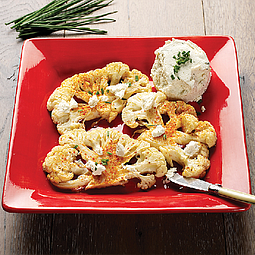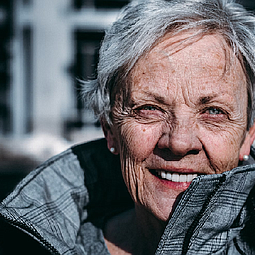This Season, Maryhill Museum Offers a Unique Perspective on the Columbia River
March 16, 2024 at 8:25 p.m.
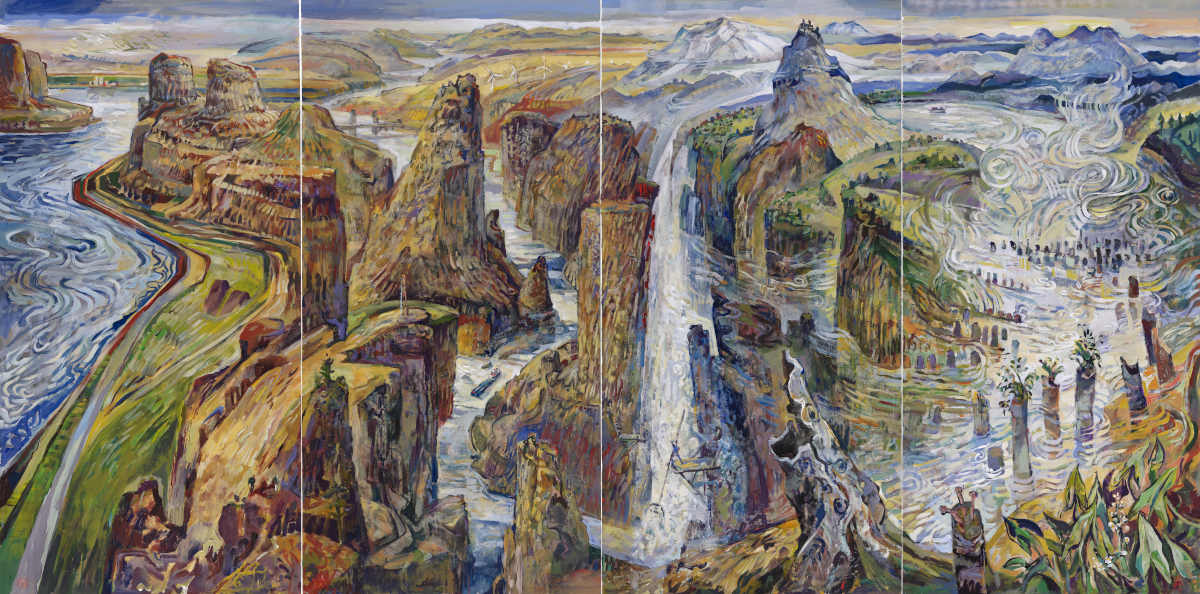
Maryhill's 2024 season opened on March 15 with special exhibitions, The Columbia River: Wallula to the Sea and King Salmon. Wallula to the Sea celebrates the myriad ways in which humans have interacted with this vital waterway; it contains approximately 70 historic and contemporary paintings and photographs, along with select examples of regional culture by Indigenous artists. (NOTE: at the end of the article, view a series of paintings from this exhibition that represent locations along the Columbia River.)
Along the 310-mile stretch of the Columbia River between the Wallula Gap and the Pacific Ocean, countless generations of people have depended on the river. Maryhill Museum introduces the exhibition with these words: "Few landscapes figure as prominently in the Pacific Northwest consciousness as does the Columbia River and the land along its shores. The waterway is heralded variously for its social, cultural, and historical importance, its economic value, and its visual qualities."
Thomas Jefferson Kitts
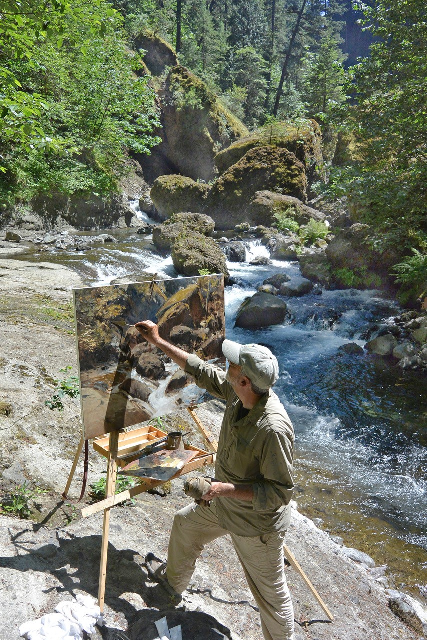
“I am a native Oregonian who learned how to paint landscapes along the Columbia River, as well as up and down the Cascade Range," says Kitts. "So focusing on this Maryhill exhibition turned out to be an emotional experience. After decades of exporting my work to other states and countries, and traveling the world for the past 15 years, it has been deeply gratifying to revisit many of my old haunts and subject matter – which makes this exhibition something of a coming home story for me.” On his website Kitts writes about his work: "When people view my work, I want them to see a painting, not a photograph. I want them to experience a surface made alive with color, texture, and the movement of my hand, yet also feel a connection to the reality that gave birth to the work." --Thomas Jefferson Kitts
Erik Sandren

“It means a great deal to me as a painter to have been invited to create and contribute work for a show of this scope, with time for my on-site painting experiences to accumulate and resonate into additional work that reflects cultural and historical aspects of the Big River.” After his tenure as a one-person art department at Grays Harbor College, he has returned to Oregon to live and work fulltime. He followed in the footsteps of his father, Nelson Sandgren, who was a noted painter and Oregon State University art professor. His website tells us that after studying back east, in 1989, "Sandgren returned like a homing salmon, to the headwaters of his art and early life in the Pacific Northwest." The Northwest mountains, trees and water, skies and people have inspired his feeling for location, myth and history. --Erik Sandgren
The Columbia River: Wallula to the Sea exhibition also includes Indigenous carving, twined basketry, and beadwork from the Middle Columbia River region. Key examples of pictorial beadwork with river scenes are being borrowed from collectors in Hood River and Texas. A commissioned Chinook-style carving that was created by Greg A. Robinson depicts a Coyote narrative about the river. Robinson lives in Vancouver, Washington and is a member of the Chinook Indian Nation. Through his work, Robinson revives, teaches and shares ancient Chinookan style art with people across the region.
Other 2024 Springtime Exhibitions
.png)
King Salmon: Contemporary Relief Prints (permanent): King Salmon is a display of woodcuts and linocuts that have been added to the museum's permanent collection. The “king salmon” in the exhibit title refers at once to the Chinook salmon species and the place of salmon in the economies, cultural life, and leisure-time activities of local people.
Teachers As Artists: The Way I See It (March 15 - April 17). This is an annual juried exhibition that provides an opportunity for dedicated art educators in Washington and Oregon to showcase their talents.
Maryhill Museum of Art is open daily from 10 am to 5 pm, March 15 through November 15. The gardens and grounds, including the William and Catherine Dickson Sculpture Park, are open from 10 am to 5 pm daily March 15 to November 15 at no charge. The nearby Stonehenge Memorial is free to visitors from dawn to dusk daily year-round.
The images below are from Maryhill Museum's new exhibition, The Columbia River: Wallula to the Sea
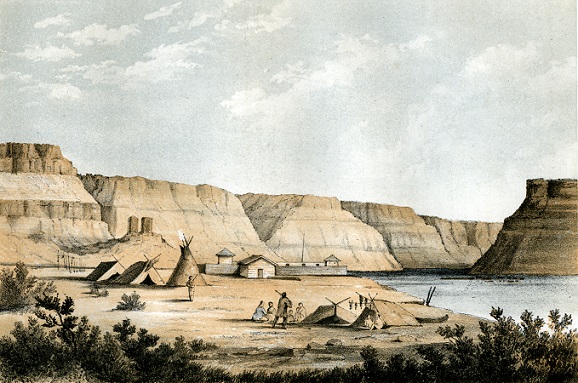

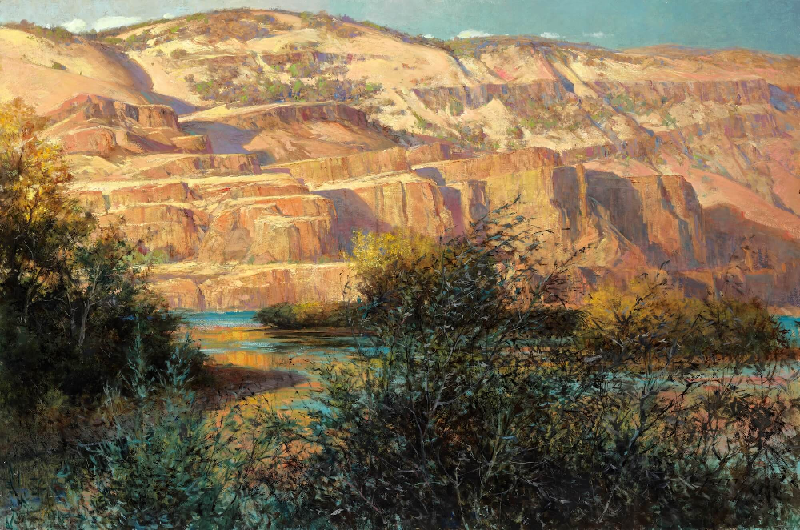
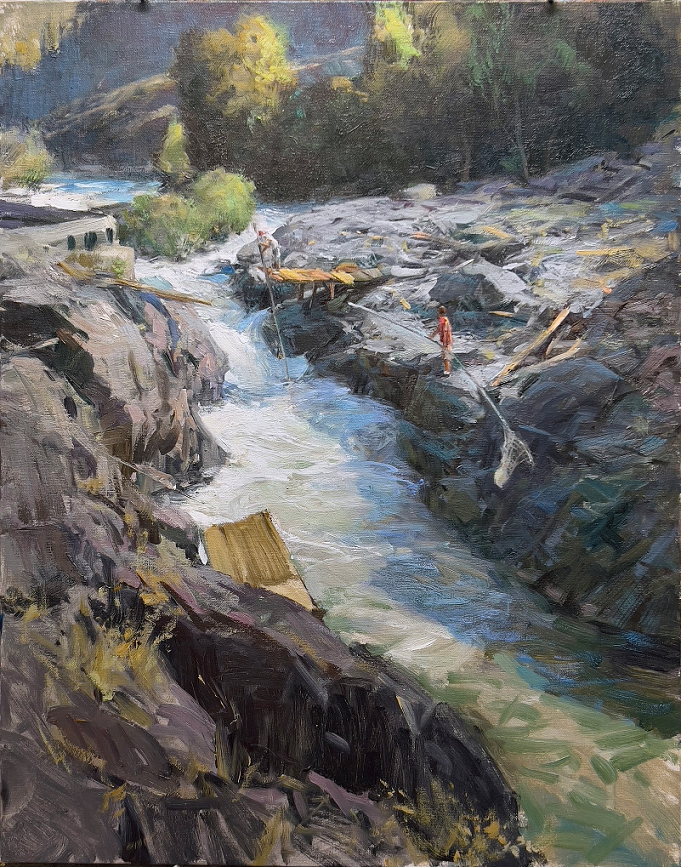
.jpg)


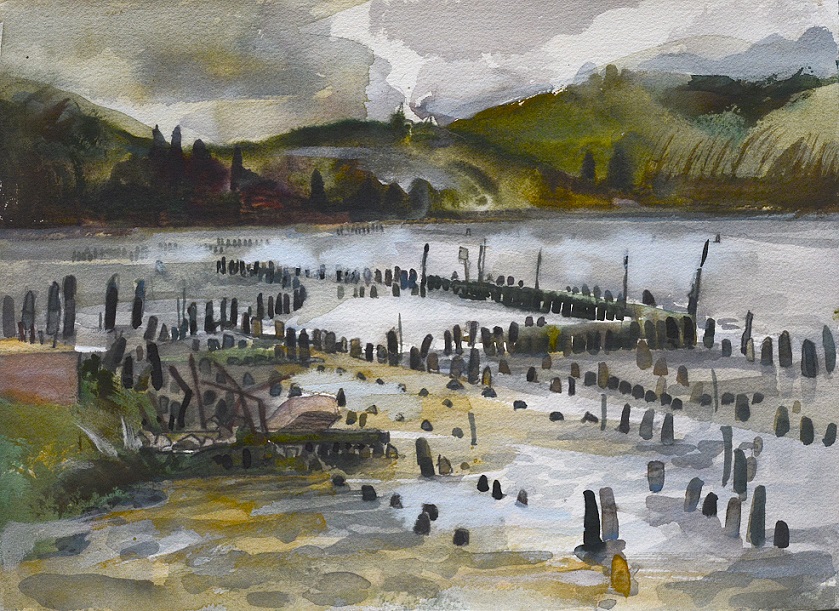

* * *
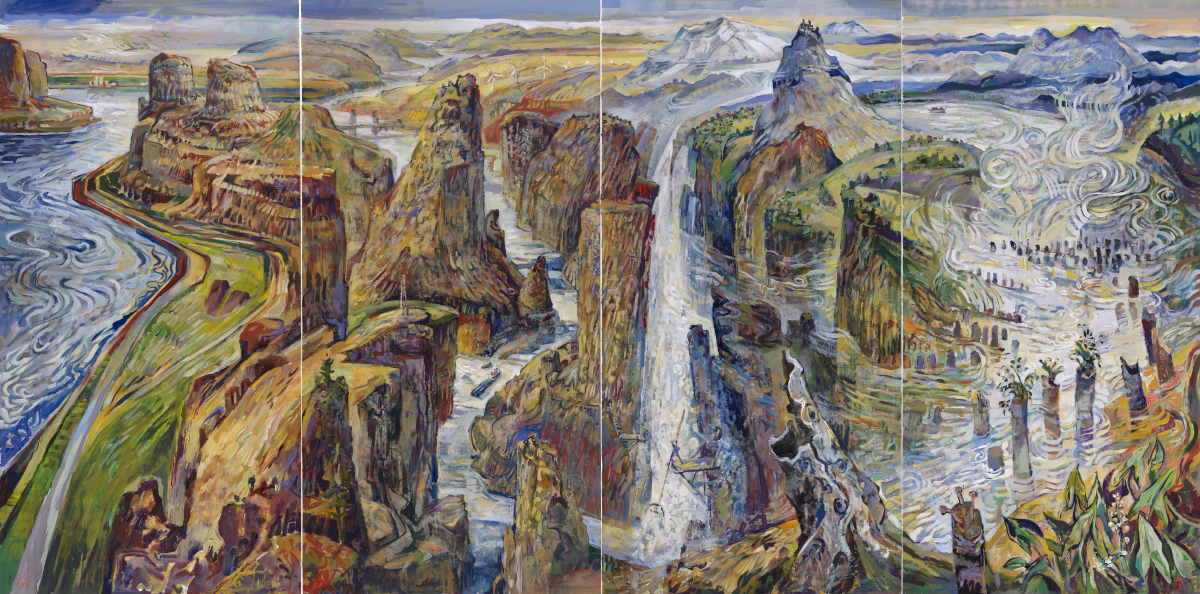
Sandgren described his process for creating the panels and his serpentine representation of the Big River from Wallula Gap to the Pacific Ocean:
"One day I placed a couple of [the panels] together in my studio and realized I might extend them on either side to include the reach of this exhibition concept... From there, I worked them alternately for several months as stand along pieces and as interconnected compositions."
In response to a question about his process of creating the work, Sandgren added, "I liberated myself from most specific topography (except for the bracketing features of the Cayuse Sisters on the left and Saddle Mountain on the right, which allude to Native American origin stories) in order to get some FEEL for the winding, deep and vertiginous spaces of the middle gorge."
He added, "Growing out of my extended, on-site painting experiences along the Columbia, this is probably my most creative response to the challenges of evoking the topographic, cultural, historical and spatial flow of the Big River."
Here is an excerpt of Maryhill Museum's description of the piece:
"Along the way one encounters tiny markers of our industrial age—a telecommunications tower, a road, wind turbines, boats, a bridge, cannery and mill pilings—all dwarfed by the enormities of historical and geological time and distance. As one passes the Cascade Mountains and approaches the sea, verdant hills and swirling mists supplant the austere aridity of the interior Columbia Basin. The mists coalesce into glyph patterns that are unique to the Pacific Northwest: eyes with trailing forms. In the lower right-hand corner, at the water’s edge and surviving the incursions of industrial pilings, is an iconic wapato (Sagittaria latifolia), prized historic food source for the Columbia River’s Indigenous peoples."

